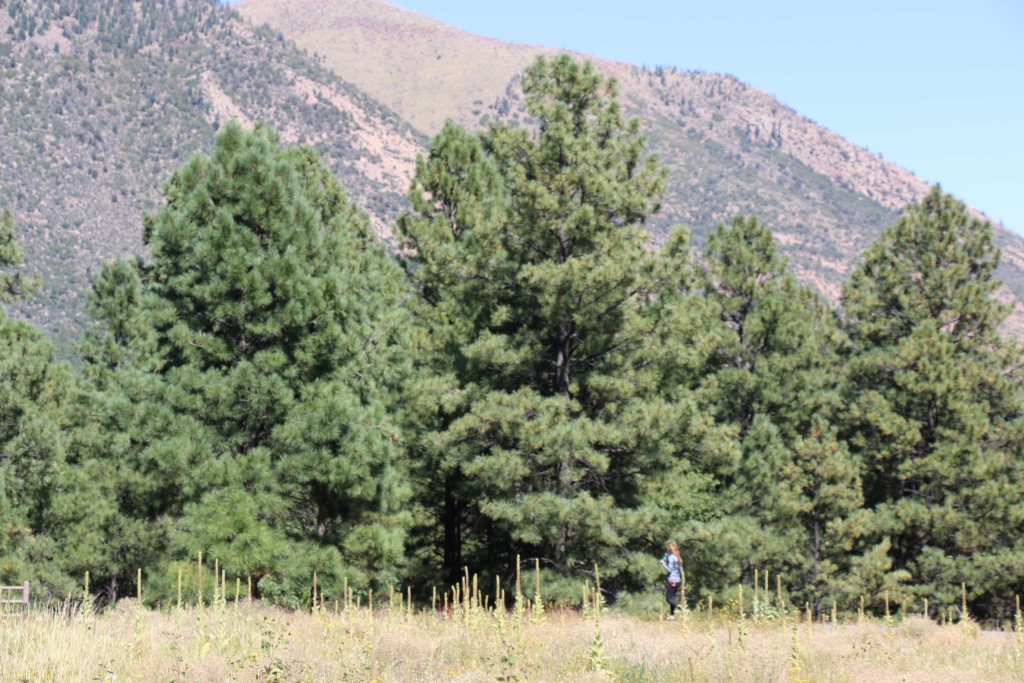This year’s wildfire season in the United States is one of the worst on record in terms of damage and costs. Reducing the risk of future destructive wildfires could be achieved by more prescribed burns and managed lightning-caused fires, according to a paper released this week in the journal Science.
Authors of the paper, Reform Forest Fire Management, including NAU School of Forestry Professor Pete Fulé, intended to raise awareness among stakeholders of the critical role of fire in forest management and to promote the use of fire on a larger scale.
“This paper’s theme is about management and is essentially encouraging the use of fire at times and places when it can be used to reduce fuels, to thin forests and restore the ecological role of fire and to help reduce the occurrence of very severe fires in forests where those fires were not characteristic in the past,” Fulé said.
Prescribed burns are planned fires to reduce the accumulation of fuels on the forest floor. Managed fires are usually caused by lightning and are allowed to burn, similar to the way fires burned naturally before fire suppression.
In areas of ongoing fire suppression, fuels have accumulated to dangerous levels, enhancing the likelihood of dangerous and devastating fires. While the paper, an opinion piece, advocates for the increased use of fire in forest management, Fulé said agencies in Arizona are already successfully using fire to reduce wildfire risk.
But the paper’s authors think a lot more should be done to protect forests and ecosystems, especially as development continues to expand into formerly undisturbed settings. Fulé said another concern is funding for proactive restoration efforts is regularly transferred to wildfire suppression efforts.

“Thinning and prescribed burning dramatically improve the chances of dry forests surviving severe fire,” said Fulé, who likened thinning and burning efforts to quitting smoking. “It is not a guarantee for the future but it can reduce risk.”
The paper’s lead author, Malcolm North, a research scientist with the U.S. Forest Service, said every time a fire is put out, fire danger increases. “Fire suppression works like a selective force ensuring that most wildfires are escapes that occur during extreme weather conditions in fuel-loaded forests,” North said.
Best practices for reducing wildfires over large landscapes combine use of fire and mechanical thinning of forests, an expensive undertaking, said Fulé.
Fulé also researches causes of mega fires, and creates models of future fire regimes and different scenarios for managing fires. He said models show a warmer climate with the likelihood of longer fire seasons.



